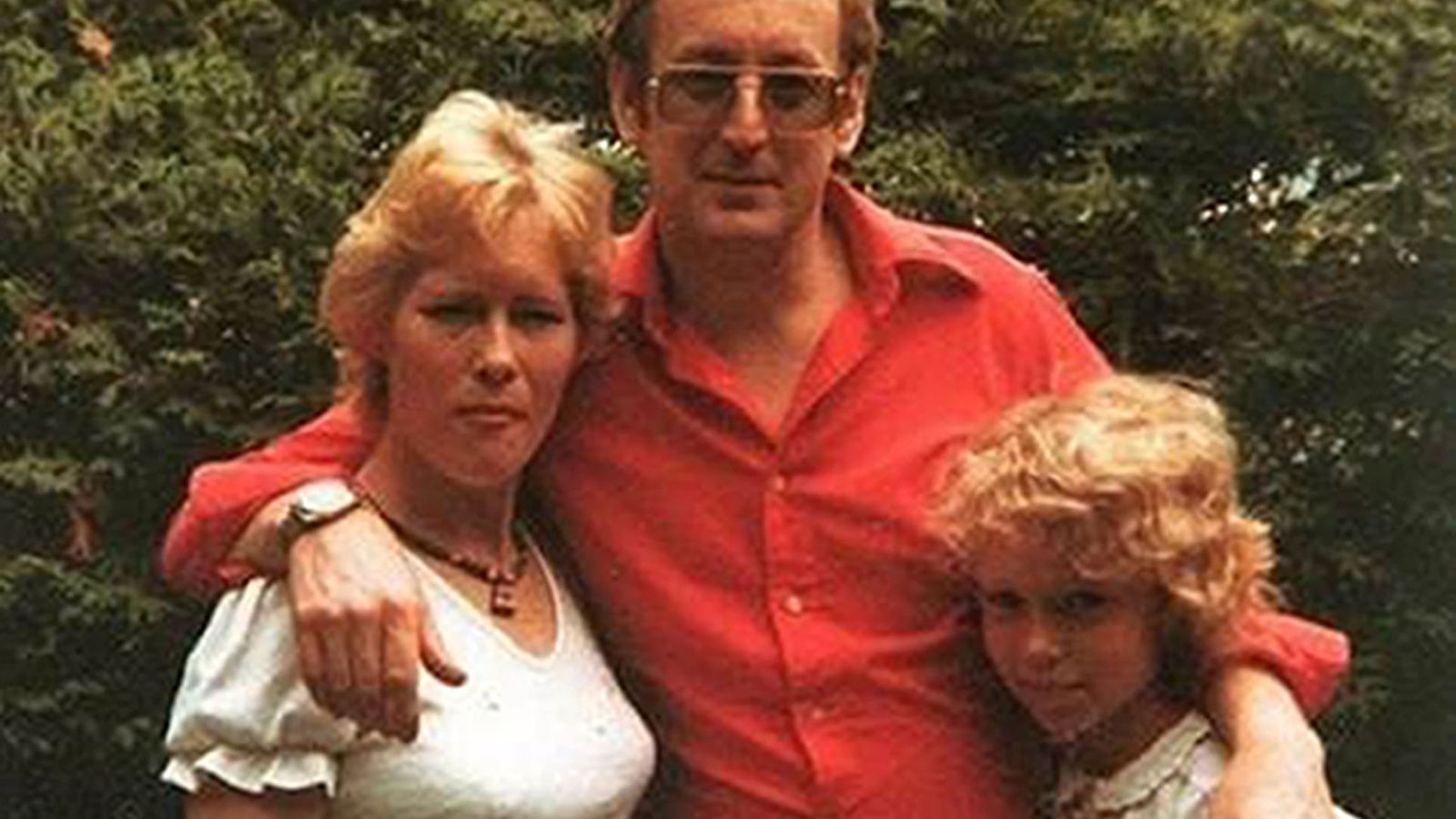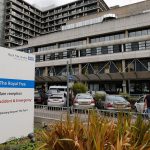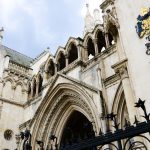A murderer who has never revealed where he hid his wife’s body has denied bragging to inmates about the killing, the first public parole review in UK history heard.
Russell Causley, who was handed a life sentence for killing his wife Carole Packman in 1985, was questioned about her murder as parole judges are set to decide if he can be freed from jail.
Causley, 79, admitted he had lied and “changed stories consistently” but denied murdering Ms Packman at the hearing in Lewes prison in East Sussex.
When asked if failing to tell the truth about the killing is “the coward’s way out”, Causley said: “I don’t think I’m a wicked person … I hate it when you say I’m a cold-blooded killer.”
The parole panel chairman told the hearing there were reports Causley had confessed to fellow prisoners that he had gassed Ms Packman and put a bag over her head.
But Causley said: “None of those conversations took place, ever.”
Earlier, the hearing was told how Causley had been described by his sentencing judge as a “totally ruthless and calculated” killer who “bullied and dominated” his wife for years.
Causley admits he has ‘lied consistently’
Causley’s wife Ms Packman disappeared in 1985 – a year after the murderer moved his lover into their home in Bournemouth, Dorset.
During the hearing on Monday, Causley gave a rambling account of the circumstances, changing his story multiple times throughout and admitting: “I lied. I’ve lied consistently. I’ve changed stories consistently.”
He insisted he “loved” his wife but also told how he “adored” his mistress Tricia.
The parole panel chairman told Causley: “Your version of events has varied frequently over time.
“Your wife’s body has never been found. The precise circumstances of the murder are not clear.”
‘A lovely day with my wife’s body in the garage’
Causley claimed that his mistress had told him to murder his wife, but also alleged that she had carried out the killing herself and that he was left with her body in his garage.
He said: “I’m now in my house in Bournemouth on a lovely summer day with the body of my wife in the garage.”
He told the panel that disposing of the body was worse than committing murder.
Read more:
Murderer’s parole hearing to be the first held in public
Relatives, members of the public and journalists watched the proceedings on a live video link from the Parole Board’s offices in Canary Wharf, London.
Only the murderer’s voice was heard after a request for him not to appear on camera was granted.
Parole hearings have previously always been private, often held in prisons, with victims and other observers allowed limited access in rare circumstances, but the rules were changed in July.
The decision came after ministers pledged to improve transparency over Parole Board decisions following public outcry over the direction to release London taxi driver rapist John Worboys.
Speaking after Monday’s hearing, Causley and Ms Packman’s daughter Samantha Gillingham said the public parole review process had been “invaluable”.
She said: “There’s been nothing worse than going through the parole process without being actually able to know what’s being said behind closed doors.
“It’s been very difficult with no information. For the first time today, I’ve actually had an understanding of what does go on.”
Ms Gillingham added: “I’ve been asking for years to speak to my father.
“It was me who asked for restorative justice but I didn’t hear anything more from March this year. I’m desperate to speak to my father.”
Following the murder in 1985, Causley initially evaded police by faking his own death as part of an insurance scam. He was convicted of murder in 1996 but the conviction was quashed by the Court of Appeal in 2003.
He was found guilty again after a second trial.
Causley was freed from prison in 2020 after serving more than 23 years for the murder but was remanded in 2021 after he breached his licence conditions.
The panel of three parole judges are now considering more than 650 pages of information, including a victim impact statement, to decide whether he can be released.
The hearing continues.






















